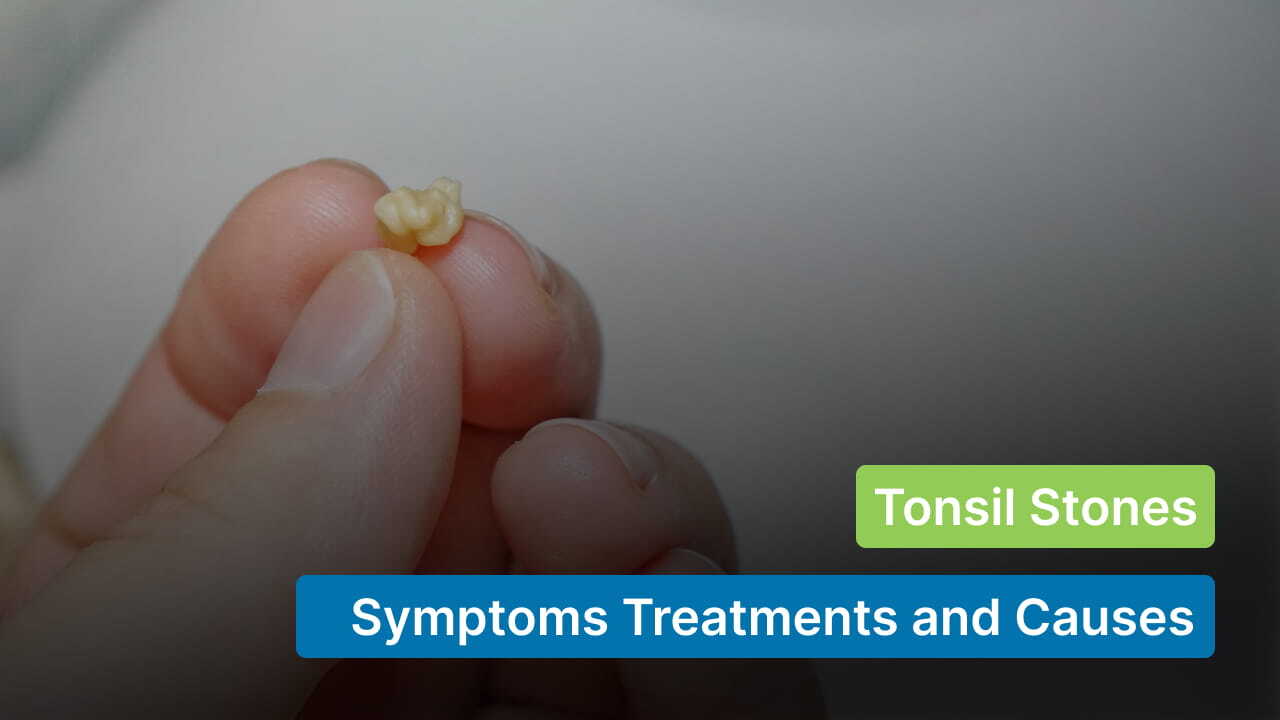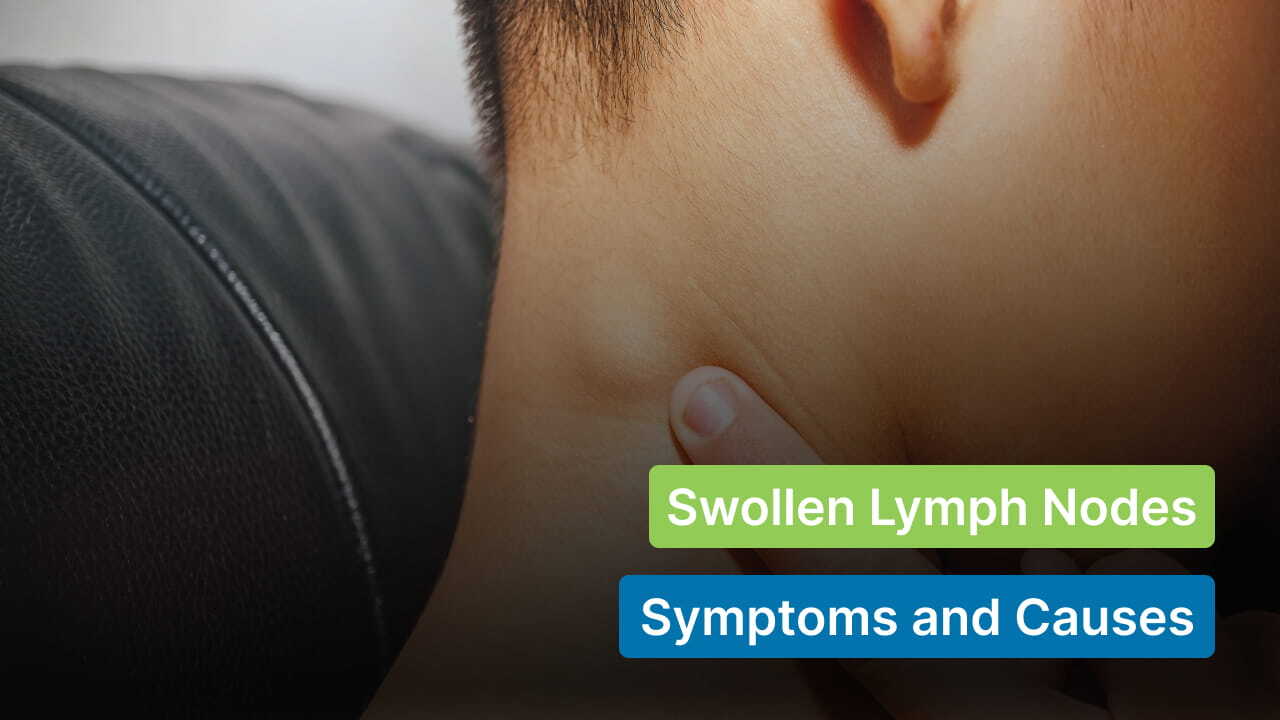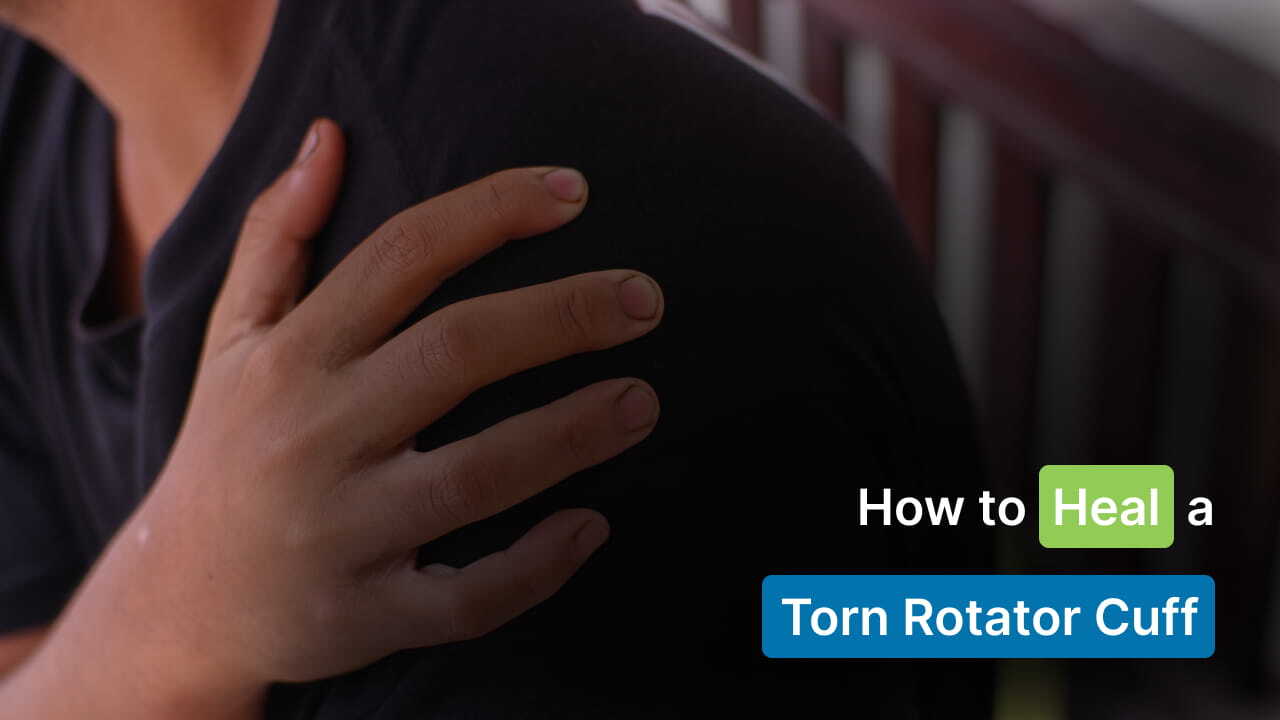
Have you ever noticed the green stuff coming out of your eye? What do they indicate? Is green eye discharge common in children? Is there any treatment for the same?
Green eye discharge, also known as conjunctival discharge, is a common eye condition that can be quite concerning. It's popularly called “eye gunks” or “eye boogers.” While this might seem frightening, it's important for us to understand that it can be easily treated.
It is estimated that approximately six million Americans experience conjunctivitis each year, according to the American Academy of Ophthalmology.
This shows that green eye discharge, often accompanied by discomfort, can be a sign of an underlying issue. Thus, we must be aware of its symptoms and causes and take preventative measures to take care of our eyes.
This blog covers everything you need to know about green eye discharge, its causes, symptoms, and ways to treat this common eye issue.
Let's start with the basics.
What is Green Eye Discharge?
Green eye discharge is a symptom of abnormal mucus or pus flow from the eyes. This discharge can be pale yellow to vivid green in color and is frequently accompanied by discomfort and irritation.
Most people with conjunctivitis or other eye conditions experience more dirt in the corner of their eyes when they wake up after sleep. How does that happen?
Green eye discharge is usually because of bacterial or viral infection or foreign particles in the eyes. A bacterial infection creates a lot of thick, creamy secretion, which can temporarily glue the eyelashes together, making it difficult to open your eyes first thing in the morning.
What kind of Eye Discharge is Considered Normal?
If you experience a small amount of clear and whitish eye discharge after you wake up in the morning, it is completely normal. This white discharge is usually the product of your tear film, which is responsible for clearing the surface of your eyes from cellular debris or dust.
Moreover, it can be the mucus of the tear film or oil that remains after the watery component of your tears evaporates. With that said, all this is normal behavior of the eyes as it's part of the bodily defense mechanism.
However, if your eye discharge looks sticky or creamish-white, greenish, or yellowish, it can be quite concerning, and you need to consult your doctor or ophthalmologist.
Now, let's explore some of the common symptoms of green eye discharge so that you can cure it at an early stage.
What Are The Symptoms of Green Eye Discharge?
Although a slight amount of eye discharge is totally normal, it's important to be aware of the symptoms to avoid further infection.
Here are the common signs and symptoms you may notice to check if it's a serious eye infection:
- Abnormal eye discharge (Pink, green, yellow)
- Itching and redness
- Burning sensation in the eyes
- Blurry vision
- Gritty feeling in one or both eyes
- Puffy eyes or swollen eyelids
- Sensitivity to light (Photophobia)
- Tenderness around the eyes
What Causes Green Eye Discharge?
The eye is a highly sensitive part of the face. Hence, a slight change can be distressing. Green eye discharge can be caused by various underlying conditions.
Here are the common causes of green eye discharge:
1. Bacterial Conjunctivitis (Pink eye) –
This is the most common cause of green eye discharge. It happens due to the invasion of bacteria (or pathogens) into the eye and causes pus formation in the eye. It may invade one or both eyes. Haemophilus, streptococcus, and gonorrhea are the common bacteria responsible for this.
But how do bacterial infections happen? Common cold. Yes, since children don't have a habit of washing their hands regularly when they have a cold. As a result, the bacteria from a cold can be passed from objects or another person by touch.
2. Viral Conjunctivitis –
When the transparent membrane in the eyelids catches an infection, viral infection occurs. It makes the blood vessels swollen or inflamed, which then makes the white part of our eyes look pink in color. It's highly contagious and often occurs alongside cold or flu symptoms.
3. Allergies –
Allergic reactions are another common cause of eye discharge. Allergic conjunctivitis is an inflammatory response of the conjunctiva to an allergen. Common allergens include pollen, dust, or pet dander. This affects both the eyes; however, it's not contagious.
4. Tear duct blockage –
Approximately 5 to 10 percent of newborn babies have blocked ducts, mostly in both eyes. It can be noticed only when babies cry. Constant watery eyes and running down the face are common signs of tear duct blockage.
In other words, blockages in the tear ducts can prevent tears from draining properly. So, when tears accumulate in the eye, they can become infected and lead to greenish discharge.
5. Dry eye syndrome –
Your tears are made up of oils, water, and mucus in the eyes. The imbalance of these components leads to dry eyes. Consequently, your body produces “emergency tears” that have lots of mucus. This ultimately leads to crust and dry eyes.
Insufficient tear production can lead to excessive eye discharge. In such scenarios, the discharge may seem greenish due to its composition.
6. Keratitis (Corneal ulcers) –
Inflammation of the corner is referred to as Keratitis. Having extremely dry eyes or a minor eye infection may lead to sores and ulcers on the cornea of your eyes. These ulcers, in turn, produce pus and crustiness.
7. Stye –
Stye (aka Periorbital cellulitis) usually occurs as a result of bacterial infection of eyelids and tissues around the eye. They are basically blocked meibomian glands caused by diseased eyelash follicles at the base of the eyelid.
This ailment looks like a small blister on the side of the eyelid and is usually accompanied by redness and swelling in the affected area.
8. Foreign particles –
This is the most dangerous cause for the eyes to be constantly filled with discharge. Tiny particles such as dust or sand entering the eye can trigger excessive tearing and greenish discharge.
Since children's eyes are highly vulnerable and sensitive to changes in the surrounding environment, falling off any foreign particles can be highly dangerous. To avoid further eye infection, it has to be removed immediately by the parent or a doctor.
Green Eye Discharge: Diagnosis and Treatment
When you notice green eye discharge or any relevant symptoms, it's important to consult an eye specialist or an Ophthalmologist for a proper diagnosis.
The doctors will conduct a thorough examination, including:
- You will be asked to discuss your symptoms, including when they started and did you have any recent exposure to allergens or irritants.
- After discussion, the doctor will evaluate your eyes for redness, swelling, discharge, and other signs of infection.
- In cases of infection, a swab culture of the discharge will be performed to determine the specific bacteria or virus responsible for it.
- If allergies are suspected, the doctor might suggest allergy testing to identify the allergen triggers (e.g., pollen, dust mites).
Once the main cause is identified, the right treatment can be prescribed by the doctor:
Treatment of green eye discharge depends on whether it's caused by bacteria, viruses, or an allergen.
- If the eye discharge is caused by bacteria, the eye specialist will provide you with a prescription for antibiotics, including eye drops, antibiotics, or pills.
- If the eye discharge is caused by a virus, there is no treatment required unless it's caused by herpes simplex virus or STI. These serious infections must be treated with antiviral medications as antibiotics cannot treat this eye ailment caused by a virus. If not treated on time, they could cause vision loss or other serious eye diseases.
- If some foreign particles accidentally get into your eyes, rinse your eyes with gentle, warm water for 5-10 minutes. You can also use saline water to remove the dirt gently.
Your eyes must begin to recover within 3-4 after rinsing them. If nothing changes, then contact your doctor right away.
- If your green eye discharge is due to allergic conjunctivitis, it must be treated with prescription medication or over-the-counter eye drops. Some of the popular over-the-counter eye drops are Natural Eyes Pink Eye Relief, Similasan Redness & Itchy Eye Relief Drops, and others.
- You can also relieve your symptoms and pain temporarily by applying an ice pack to your closed eyes.
Green Eye Discharge: Prevention tips
Even though green eye discharge is not a hazardous disease, it's important to prevent it from happening. By following good hygiene and eye care practices, you can further help prevent the spread of green eye discharge.
Follow these tips to limit any possible infection or damage:
- Always wash your hands thoroughly with Dettol or any handwash, especially before and after meals.
- Limit the use of contact lenses and eye makeup. Most girls perform heavy makeup, especially around their eyes, which can cause eye irritation.
- Avoid touching or rubbing your eyes and face often since most bacteria emerge from your dirty hands.
- Wash away the discharge from your eyes, often using a fresh cotton ball.
- Regularly wash your pillowcases, towels, and bed sheets in hot water, and refrain from sharing them with others, including your family members.
- Use protective eyewear when necessary, such as when working in dusty or hazardous environments.
- Don't forget to wash your hands appropriately after applying eye drops to your eyes.
- If you wear contact lenses, make sure they are properly cleaned and disinfected to minimize the risk of any infection.
- Try to reduce your screen time daily.
Other Types of Eye Discharge
Apart from green eye discharge, there are various other types of eye discharge that result from different conditions. Some are harmless, while others are contagious or occur frequently.
Let's review other different types of eye discharge:
- Watery eye discharge: When mucus is mixed with watery tears, it's referred to as watery discharge.
- Yellow mucus: The major reason causing yellow mucus might be a stye. You will notice a tiny lump or bump on your eyelids, which represents the stye.
- Thick and crusty mucus: Crust appears on the surface of the eyelashes as a reaction to eye mucus moving above the eyelids. It results due to blepharitis, which causes redness and inflammation in the eyelids.
- Stringy mucus: Stringy and white mucus discharge is usually a sign of eye allergies. Dry eye is generally characterized by stringy eye discharge.
When Should You Consult a Doctor for Green Eye Discharge?
If you notice a non-stop flow of green eye discharge, you must consult your healthcare provider, as it could be a sign of a serious infection.
However, if you could cure and prevent it, it's normal, as it usually heals on its own within a week.
Apart from eye discharge, if you experience blurry vision or extreme eye pain, consult your ophthalmologist immediately.
Final Words
Generally, green eye discharge isn't a serious condition. Understanding the underlying causes, symptoms, and the right treatment can help you maintain your eye health. While for some, this ailment can be treated in a week, others are more serious and require medical treatment.
Doctors may provide you with treatments such as antibiotics and eye drops to help you recover quickly. So, if you or your child have any kind of eye pain, redness, or itching along with green discharge, consult your doctor immediately.
FAQs
1. How do you treat green eye discharge?
Ans: Green eye discharge can be treated by cleaning the dirt from the eye with saline water, a warm wet cloth, and taking steroid drops. Further, consulting an eye specialist is the best way to treat any type of eye discharge.
2. How serious is green discharge eye?
Ans: Generally, green eye discharge occurs due to various conditions. Some are temporary and can be treated at home with prevention and medication. However, if the green eye discharge continues for more than 2-3 days, it could be a serious issue and require medical diagnosis.
3. How do you get rid of green eye discharge at home?
Ans: You can get rid of green eye discharge at home by washing your eyes with salt water (Saline). Salt water acts like a teardrop and effortlessly clears the pus or dirt from the eyes. Another way is by removing the dirt with the help of wet, warm cotton balls.
4. Can dry eyes cause green discharge?
Ans: Yes. It's normal to have a little amount of dirt on your eyelids while your eyes are dry., particularly after you sleep. However, if you notice too much green or yellow discharge or if eyelids are stuck closed, it could be a serious infection, and immediate consultation is needed.
Read Also:















